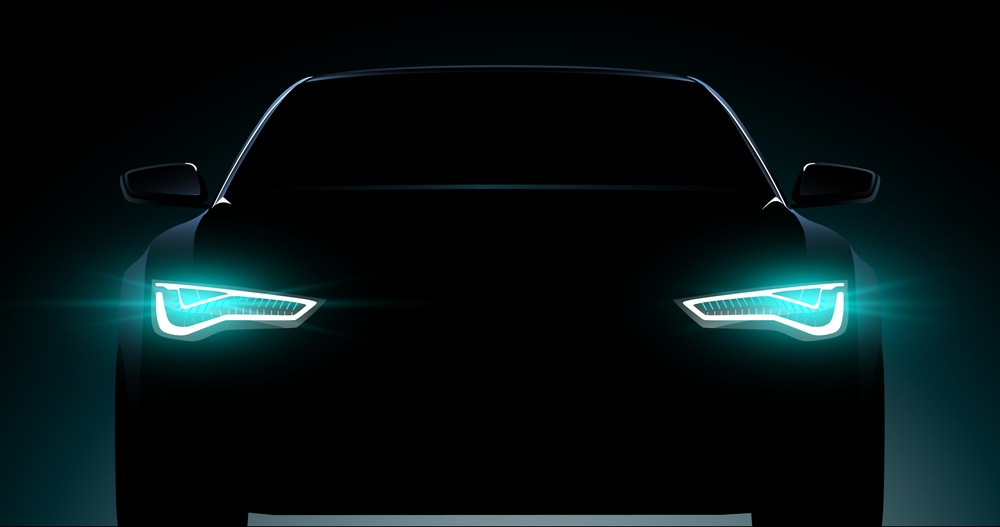Get this deal! Call now.
Speak with a vehicle protection plan specialist and get $300 off any new contract instantly.
Call 866-678-4172

Sometimes a successful car gets canceled or discontinued only to be brought back by automakers. The Chevrolet Camaro, for example, was killed off in 2002, but after an eight year break, Chevrolet brought it back. Likewise, Dodge brought back both the Challenger and the Charger after their hiatuses.
However, it is worth noting that not every attempt to bring a car back from the cancelation graveyard is a roaring success like the Camaro and the Challenger, though. Some cars just shouldn’t have been brought back at all. Here are the cars that should have been left to memory of them that should never have made a comeback.
Chevrolet Malibu SS
Ford Taurus
Mercury Cougar
Pontiac GTO
Maybach 57
Ford Thunderbird
Lincoln Zephyr
These cars may have been great at one point in the pantheon of great automobiles but their time is passed. No amount of nostalgia can take away from the fact that bringing some of these cars back, didn’t work out for drivers not the cars themselves.

Can you feel it? There’s a big change coming in the American automotive landscape. For the past couple of years we’ve seen the steady increase of sales in trucks and..

Ever-increasing numbers of cup holders large enough to accommodate super-sized jugs and an expanding suite of electronic features and entertainment invade our vehicles. However, there comes a time where we..

The Corvette is not just an “American classic," it’s one of the most famous cars around. There are so many models and variations that every fan probably has a favorite...

Your protection is our top priority. Your quote is in progress and you will
receive a confirmation
email shortly.

We're here to make sure you get the most comprehensive EV protection. That's why we've partnered with Xcelerate Auto to offer you transparent and dependable Tesla coverage.
Want us to contact you about XCare coverage for your Tesla?



Sign up and get $300 off your new contract!
By clicking the button, you consent to Endurance using automated technology to call, email, and text you using the contact info above, including your wireless number, if provided, regarding auto protection or, in California, mechanical breakdown insurance. You also agree to the Endurance Privacy Policy and Terms and Conditions. Consent is not a condition of purchase, and you can withdraw consent at any time. Message and data rates may apply.
Speak with a vehicle protection plan specialist and get $300 off any new contract instantly.
Call 866-678-4172

Simply fill out the information below and we will follow up fast with your free no-obligation quote.
By clicking the button, you consent to Endurance using automated technology to call, email, and text you using the contact info above, including your wireless number, if provided, regarding auto protection or, in California, mechanical breakdown insurance. You also agree to the Endurance Privacy Policy and Terms and Conditions. Consent is not a condition of purchase, and you can withdraw consent at any time. Message and data rates may apply.
Alex has worked in the automotive service industry for over 20 years. After graduating from one of the country’s top technical schools, he worked as a technician achieving a Master Technician certification. He also has experience as a service advisor and service manager. Read more about Alex.